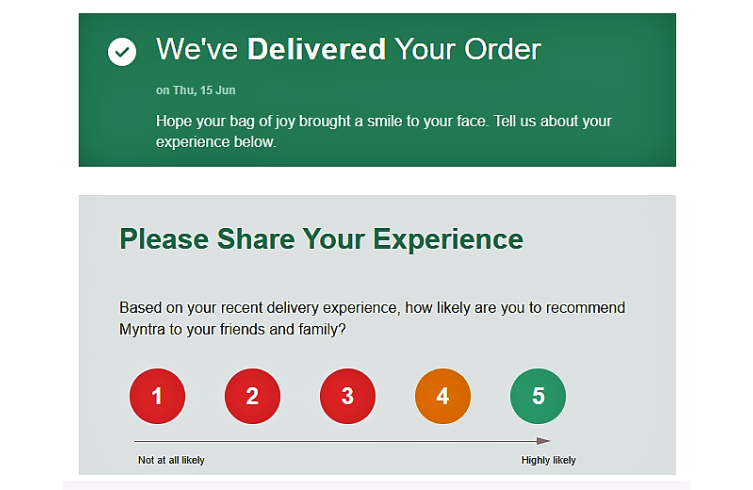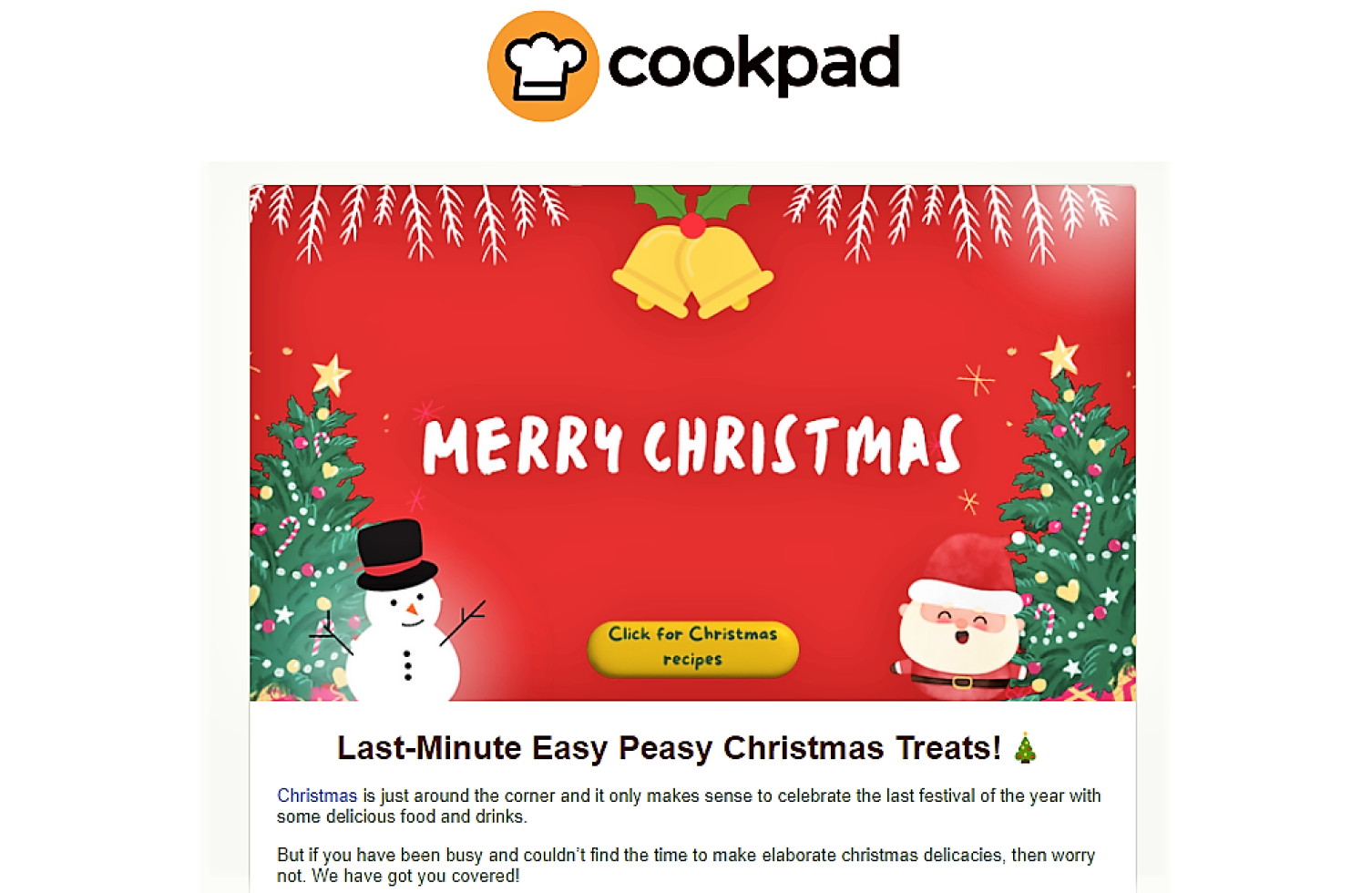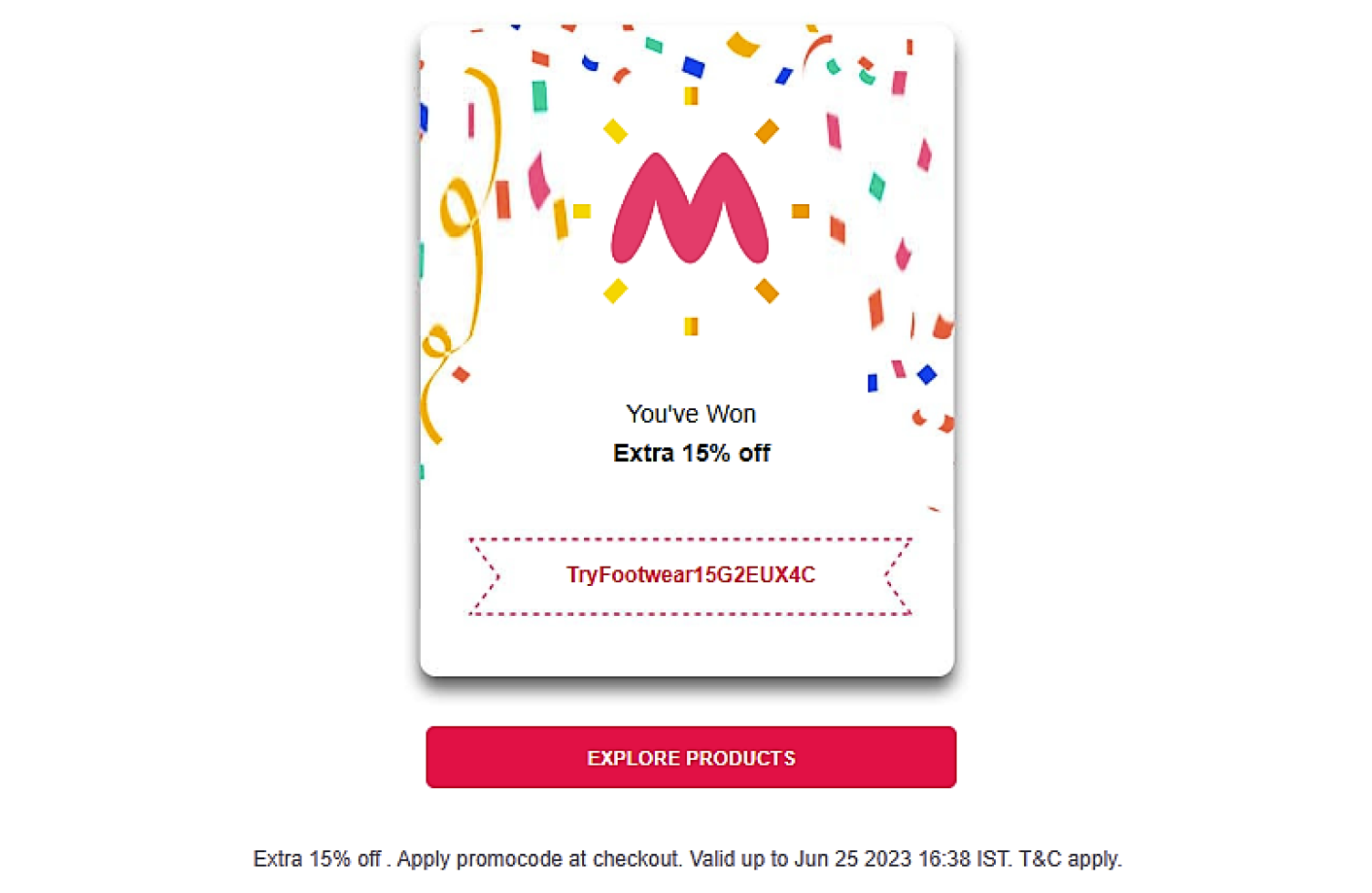Creating a well-crafted email campaign is an art that goes beyond simply sending messages. It requires a perfect balance of strategy and execution.
Done correctly, email marketing can convert your subscribers’ into paying customers. It even builds long-term relationships, and gives you more ROI than any other marketing.
Whether you’re a beginner or have struggled with email marketing in the past, we’re here to guide you step by step. Let’s walk you through the process of setting up successful email marketing campaigns, from the initial steps to the final touches.
Define Your Leads Navigation
Identify your ideal customer profile and research their requirements, pain points, and motivations. Picture who your leads are and what they are looking for. Are people interested in your product? Have they previously purchased your product or downloaded your ebook? Are they currently evaluating solutions? Gathering information about your leads helps you craft emails with personalized messaging that guarantees continued engagement.
Segment Your Audience
Once you have defined your leads, segment your audience based on their unique characteristics and preferences, such as:
- Location: If you have a global brand, you can send geography-specific holiday emails, schedule your campaigns based on their time zone, and personalize your campaigns to boost open rates.
- Purchase History: Send dynamic emails to your audience depending on whether they are frequent buyers, first-time customers, qualified leads, or visitors.
- Browsing History: You can further analyze what products a customer has bought (or the pages a visitor has browsed through) and send them related recommendations, tips, or follow-ups.
- Engagement Level: Automate your campaigns based on user activity! Automation lets you send specific emails depending on whether your subscribers have opened the previous email or clicked on a link.
- Demographics: You could segment your subscribers based on age, gender, occupation, pricing plan, or any other label that is relevant to your business.
Segmentation helps you deliver valuable content to your subscribers, making your emails more effective.

Create Functional Templates
Good templates are the difference between simple emails and successful, memorable campaigns. Keep your brand’s design language, individual sections of the email, your campaign’s cadence, and its purpose in mind when picking a template.
Onboarding Emails
Onboarding emails are your subscribers’ first point of contact with your brand and can set the foundation for a sustained relationship. A good onboarding email welcomes your subscriber to the community, recommends helpful resources, and offers more information about your brand, products, or services.

Seasonal Emails
Seasonal emails align with specific holidays, seasons, or events, creating a sense of urgency and encouraging recipients to avail of limited-time offers or promotions.

Activity-based Emails
You can also trigger emails based on the recipient’s actions. Use simple templates to remind customers about abandoned carts, promote upsells or cross-sells, or nurture them to the next marketing touchpoint.

Feedback emails
Feedback emails bring invaluable customer insights. Understanding your brand’s user experience can provide an opportunity to improve customer satisfaction and identify areas for enhancement. Encourage honest customer feedback and build up to positive reviews and testimonials with your templates!

AB Test and Optimize
A/B testing different elements of your emails helps optimize your emails for engagement.
Subject line
Experiment with different variations like questions, emojis, and power words to see which subject lines generate the highest open rates.
Content
Is your email long-form or short-form? Is the content personalized or generic? Is your campaign educational or promotional? Modify your email’s tone and content to balance user expectations and your email’s purpose.
Call-To-Action (CTA)
Test different CTAs, colors, placement, copy, and design to optimize for click-through rates (and conversions.)
Timing
Two of the most fundamental aspects of emails are the when and the how often. What’s the best day of the week to send a promotional campaign? What is the best time of the day to maximize opens? How frequently should you send emails? What is the best time interval for follow-ups? Answers to these questions can work wonders for your campaign.
Remember to A/B test one element at a time. Track the results carefully and make data-driven decisions to identify changes that improve your email.
Monitor and Analyze Your Reports
Your campaign’s reports measure its success. Monitor and analyze key metrics like:
Unsubscribe Rates
A high unsubscribe rate may indicate that your email’s content or frequency is not resonating with your audience. Alternatively, it could also be a result of an unhealthy mailing list. Identify the sources of your leads and refine your email content.
Bounce Rates
Monitor hard and soft bounce rates to identify email deliverability issues. Hard bounces occur when an email is permanently undeliverable, while soft bounces are temporary delivery failures.
A low bounce rate is a sign of good mailing list hygiene. If your emails bounce often, check your marketing setup for:
- Improper email infrastructure
- Incorrect or blocked email addresses
- Down server
A high deliverability rate enhances your reputation, minimizing the chances of being permanently blocked by filters or marked as spam.
Funnel Performance
Track the performance of your email campaigns throughout the customer journey. For example, analyze how many subscribers open your first email, how many click on links, and how many eventually convert into customers. If you notice a significant drop-off at a particular stage, it may indicate a need for optimization. Experiment with different email content or CTAs to improve conversion rates.
Goals
Set specific goals for your email campaigns and track your progress. These goals could include building a user community, driving product sales, or generating website traffic. By monitoring your progress, you can identify areas of improvement and make strategic adjustments to meet your objectives.
Regularly analyze your reports and use its insights to refine your email marketing strategy. Continuous, data-driven optimization can improve your campaign’s engagement and conversions.

The Way Forward
Setting up effective email marketing campaigns requires careful planning and continuous optimization. Email marketing is dynamic, so follow the latest trends and adapt your strategies accordingly. With the right approach, you can leverage the power of email marketing to connect with your audience, build relationships, and drive business growth. However, email marketing needs to work cohesively with other digital marketing channels. To get a complete overview of how CodeGlo approaches digital marketing, click here.





